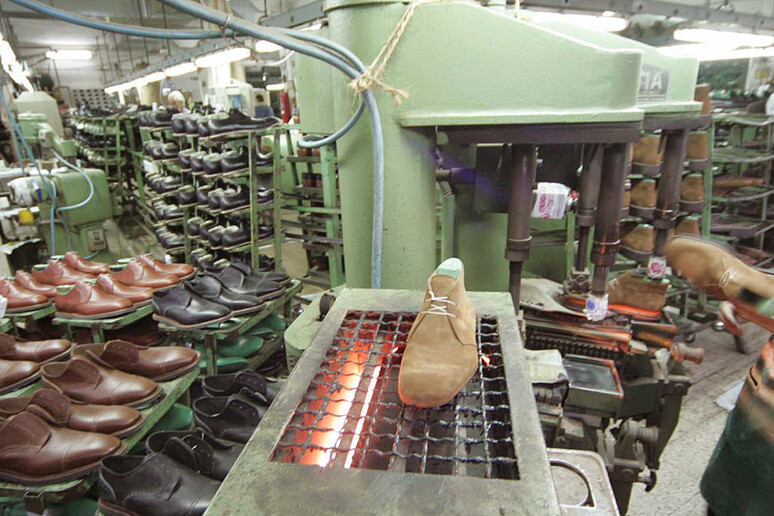EU countries spent an
average 2.03% of GDP in research and development (R&D) in 2014,
with Italy at 1.29%, up slightly on 1.05% from 10 years ago,
said European statistics bureau Eurostat on Monday.
The EU average expenditure on R&D as a percentage of GDP -
known as R&D intensity - remained stable compared to last year
and was slightly up when compared to 10 years ago (1.76%), but
was still not as high as other major economies such as South
Korea (4.15%), Japan (3.47%) and the US (2.81% in 2012).
It was higher, however, than Russia's 1.15% and close to
that of China's 2.8%.
Among individual EU countries, Finland had the highest R&D
intensity at 3.17%, followed by Sweden at 3.16% and Denmark at
3.08%.
On the opposite end of the scale, meanwhile, were Romania
at 0.38%, bested only slightly by Cyprus at 0.47% and Latvia at
0.68%.
One of the five main targets in the Europe 2020 strategy is
that of increasing R&D intensity to 3% by the year 2020.
The majority of R&D spending came from the private sector
(64%), then the higher education sector at 23%, the public
sector at 12% and the private non-profit sector at 1%, the
report said.
Italy's 1.29% figure is comprised of a 56% investment from
the private sector, with the remaining 27% from the higher
education sector, 14% from the public sector, and 3% from the
private non-profit sector.
ALL RIGHTS RESERVED © Copyright ANSA











